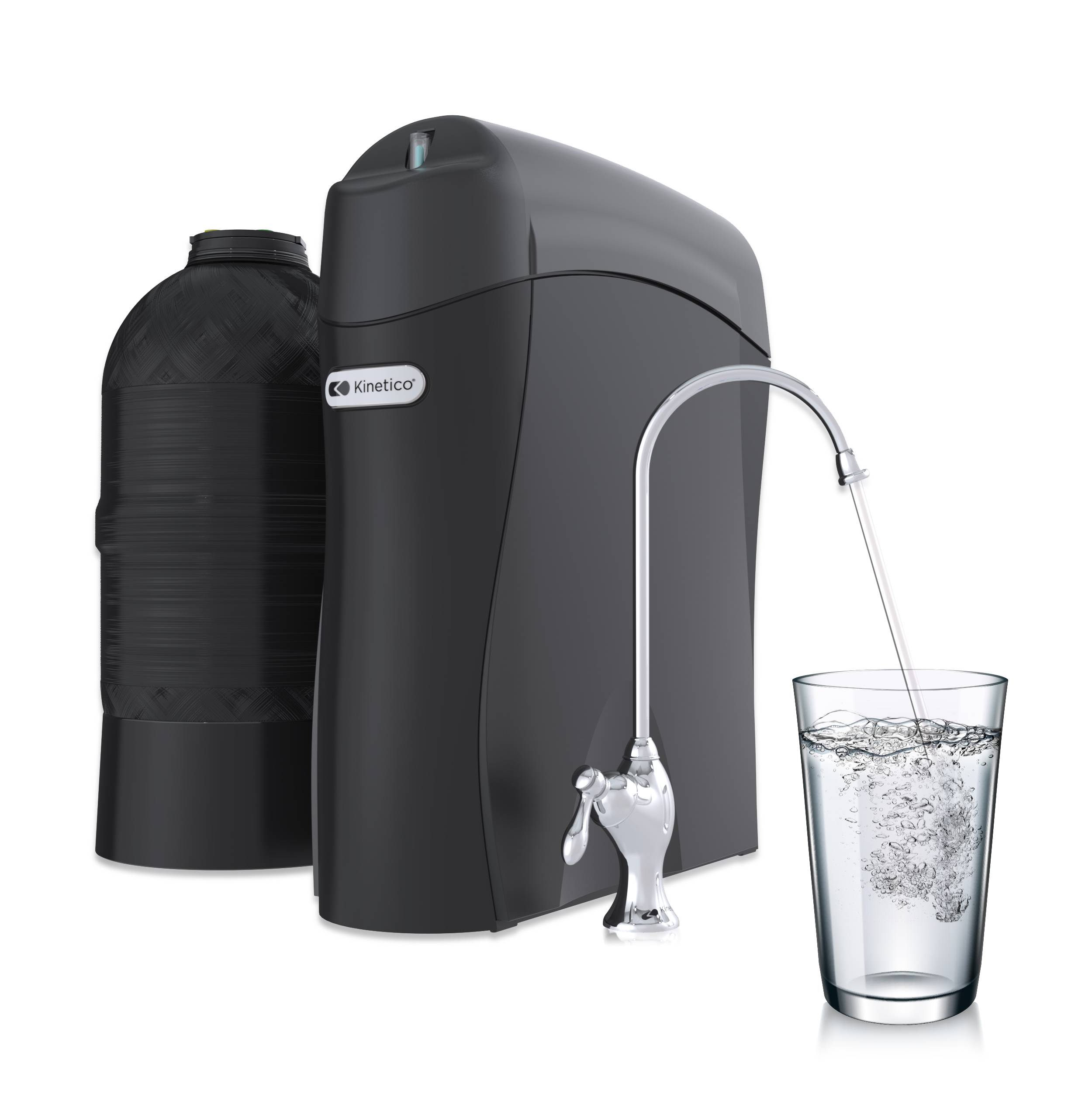Recently I had the opportunity to participate in a rather unique project called the “Fab Lab”. The Fab Lab, short for Fabrication Laboratory, was developed by MIT’s Center for Bits & Atoms. It is basically a large van which contains high-tech production equipment to assist students with their STEM (Science, Technology, Engineering and Math) projects. There are only two mobile units like it in the country.
Items inside the Fab Lab include a laser cutter, CNC Mill, vinyl cutter, 3-D printer and numerous other tools. It also comes fully staffed. The whole idea behind this is the “if you dream it, you can design and build it” concept. It is designed to stretch a student’s imagination and give them the means to make them come true. Besides all of the equipment the lab also serves as a classroom, complete with white board walls so students can sketch out their ideas and work out their measurements which are then translated into software programs which interface with the various pieces of machinery. All in all, pretty neat stuff!
The reason I got involved with this project was one of our local schools was able to secure a comprehensive continuous improvement grant which covered the cost of the Fab Lab visit and was also used to fund the materials needed for the project. What was the project you ask? Why to build a greenhouse of course!
You see, we are located in a somewhat rural area of the county. Agriculture plays an important role here. Yes, we have real working farms. When the Fab Lab idea was first proposed the school administrators thought long and hard as to how to incorporate the area’s culture and science curriculum into this project, and building a greenhouse seemed like a perfect fit. The students were overwhelming in support of the idea as well. The greenhouse was to be composed of two elements: a regular soil based approach and a hydroponic element.
The students were tasked with coming up with items which would be needed to set up a greenhouse. They came up with all sorts of items, like pots, hooks to hang the pots, small marker stakes, shelves and small tools. These they constructed with the Fab Lab machinery.
They also recognized that the greenhouse would need water. Since two types of water were going to be used, rainwater and village water, I was asked to come up with a water element to incorporate. I came up with a “water station.” This part of the project had three parts to it as follow.
The Problem:
Depending on how they plan on collecting the rainwater it may contain suspended solids which need to be removed for the hydroponic element at the greenhouse. Leaves, twigs, dirt, (frogs?) may be present. The village water contains chlorine for public health purposes. Should it or should it not be removed or does it even make a difference?
The Solution:
Students needed to design an effective filter using a multi-media approach. They decided how much, what types of media and how to layer them. They needed to wash the media prior to placing it in the filter. Materials provided – scoops, screens, media, etc. Imagination – not provided!
Testing:
Students were provided with testing equipment to monitor pH, EC (Electrical Conductance, an indirect measurement of TDS, Total Dissolved Solids which is important in the hydroponic element) and free chlorine levels for the village water. The purpose of this is to determine the optimal water conditions to promote plant growth.
This is what they came up with.
All of the students got to participate in the various phases of this project. I was told the K-2nd grade children had a ball washing the media. This is still a work in progress, but it’s off to a great start, and will serve as a valuable resource in the years to come. It was also a rewarding experience for me personally.



